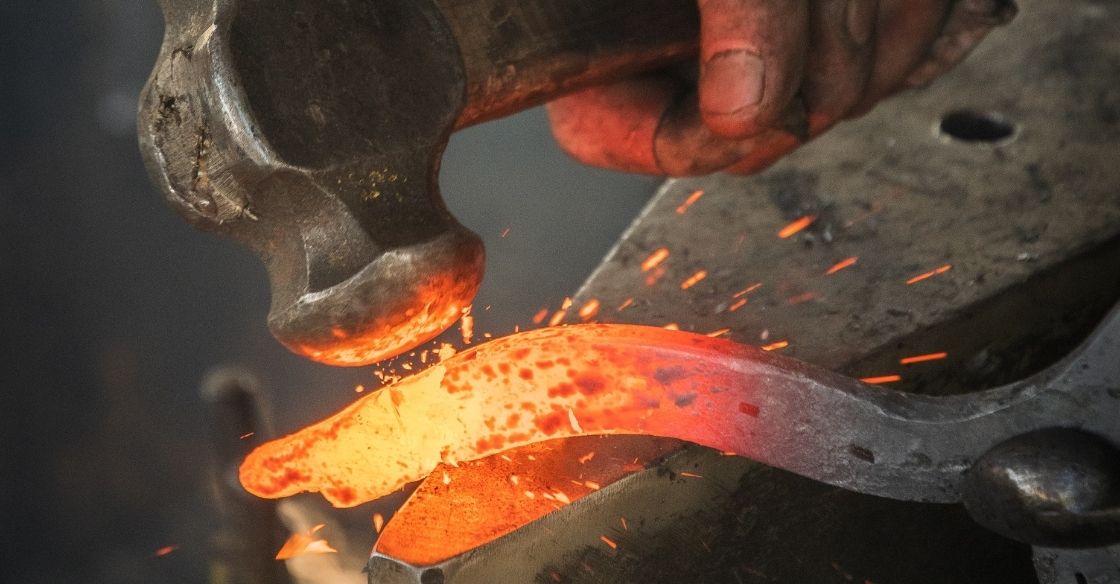Are These 8 Smelters of High Concern Present in Your Supply Chain?
Over the past three years, many companies have taken a proactive approach to mitigating the risks of unethical sourcing practices in their supply chains, like sourcing minerals from war-torn areas of the Congo (conflict minerals). However, many of these supply chain sourcing approaches that were effective in the past may not produce the same results; outdated supply chain data sharing practices may actually hinder ethical sourcing progress.
A recent study conducted by Source Intelligence found that over 87% of vendor data contained errors or incomplete information, which ultimately slows down the transfer of information and reduces supply chain communication efficacy without additional supply chain controls.
As the reporting deadline for conflict minerals is fast approaching, a data accuracy topic that is increasingly top of mind for executives managing conflict minerals programs is smelter verification.
Importance of Smelter Verification
The intention of verifying smelters is to identify smelters of high concern. Smelters of high concern, as defined by Source Intelligence, embodies criteria such as, but not limited to, geolocation, reputation, supply chain footprint, and history of human rights violations.
Companies that determine smelters of high concern exist or may exist in their supply chain can take action and still stay Dodd-Frank 1502 compliant by following these risk mitigation guidelines:
Determine which suppliers have listed smelter(s) of high concern in their conflict minerals reporting template (CMRT).
Contact relevant suppliers to confirm whether or not the smelter(s) is(are) in fact in the supply chain; and the supplier’s metals are found in the parts of the company’s supply chain.
If the smelters are determined to be a part of the supply chain and the concern is related to Conflict Minerals:
a) Develop a corrective action plan based on Step three of OECD Due Diligence Guidance for Responsible Supply Chains of Minerals from Conflict-Affected and High-Risk Areas to mitigate supply chain risk.
b) Encourage or require relevant suppliers to work with the smelters to participate in CFSI’s Conflict Free Smelter Program (CFSP). If this is not possible (e.g. suppliers cannot take action or the smelters refuse to work with the CFSI), determine company protocol for supplier management.
What to Do if Smelters Are Red Flags?
If the smelters are determined to be in the company’s supply chain and the concern is related to OFAC sanctions:
a) Create or refer to company’s sanctions compliance program.
b) Engage with OFAC and the U.S. State Department either individually, or through trade associations or industry groups, to understand the circumstances of the sanctions.
To learn more about identifying smelters of high concern in your supply chain, contact us to speak with an expert.



